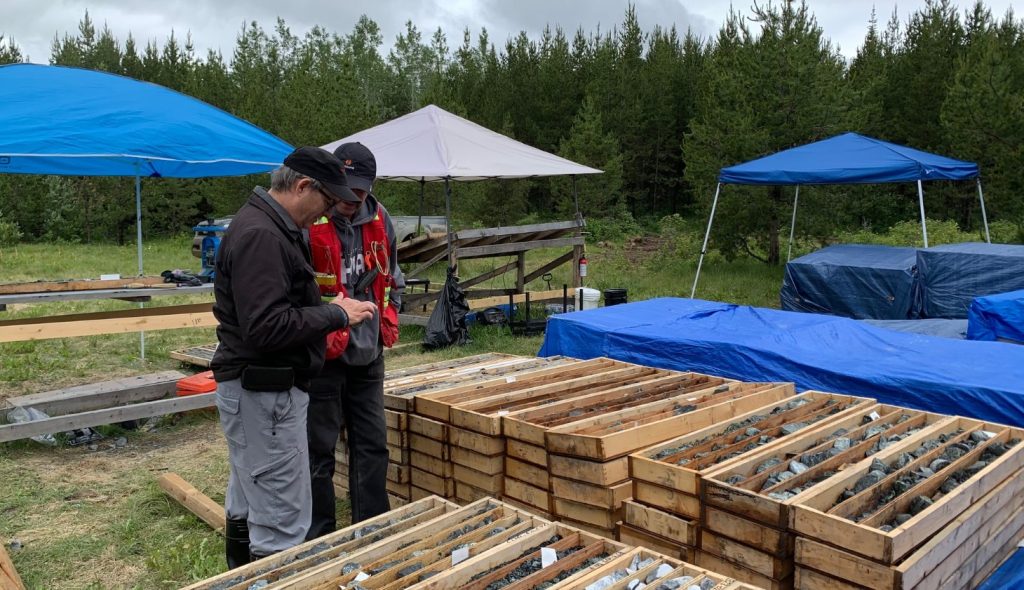Inomin Mines drills 23.03% magnesium over 169.21 metres at Beaver-Lynx, British Columbia

Inomin Mines Inc. [MINE-TSXV] reported analytical results from its inaugural drilling at the South zone of the Beaver-Lynx critical minerals project comprising approximately 22,600 hectares located in south-central British Columbia, 50 km from the city of Williams Lake and 15-km east of the Gibraltar mine.
Drilling intersected high-grade magnesium plus nickel and chromium over long intersections. Drill-holes B23-01 and B23-02 were drilled in a fan pattern intersecting 23% magnesium with 0.19% nickel over 169.2 metres in B23-01, and 21% magnesium with 0.17% nickel over 146.6 metres in B23-02. Holes B23-01 and B23-02 are the first-ever holes drilled by the company in the South Zone.
The South Zone is a 500 x 500-metre strongly magnetic zone as defined by ground magnetics. Drilling confirmed mineralization occurs in two parallel shallow dipping serpentinized bodies with an estimated true thickness of 160 metres. The mineralization appears to be increasing in thickness toward the north.
“Our initial drilling in the South Zone has generated additional outstanding results at Beaver,: said John Gomez, president. “South Zone drilling was designed to test a prominent mag target located 2-4 km south of the Spur and North Zones where our maiden discovery hit long intervals of mineralization. To date, five high magnetic zones hosting significant mineralization have been identified at Beaver. Remarkably, high-grade magnesium, sulphide nickel and other metals, including gold, have also been discovered in moderately magnetic areas, specifically the North Bear Creek Zone. Beaver’s exceptional drill results demonstrate the property’s excellent potential for multiple, bulk-tonnage, critical mineral deposits. We look forward to reporting analytical results for the balance of the summer drilling program as results become available.”
The company’s inaugural 2021 drilling program at Beaver generated a major discovery of high-grade magnesium, and other critical minerals, primarily nickel, chromium, and cobalt. Drilling intersected substantial near-surface mineralization in all five drill holes, over a 5.5-km-long strike. Furthermore, all holes ended in mineralization leaving the discoveries open to extension at depth.
